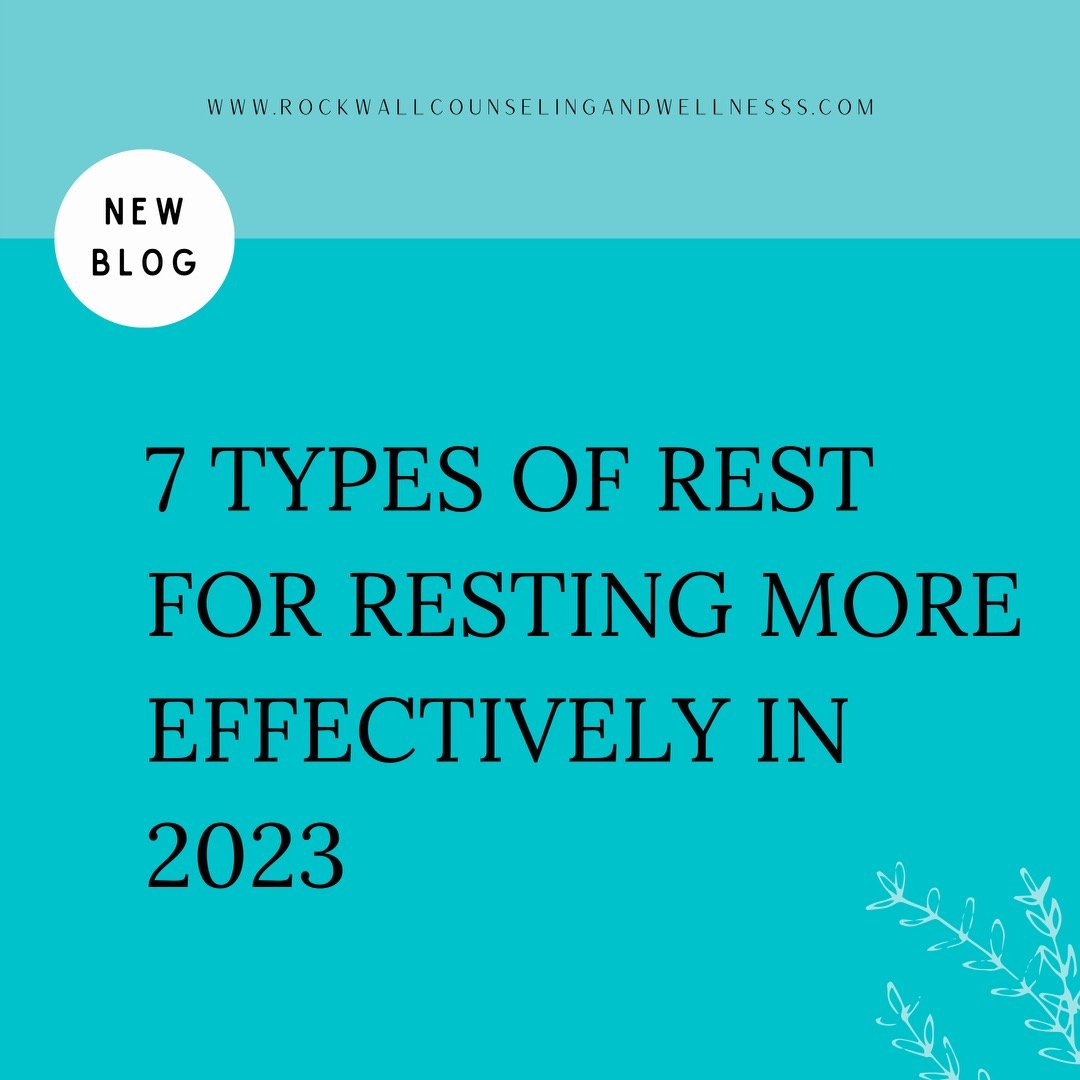Reframing Rest and Resting More Effectively in 2023
You’ve likely heard and maybe even said the phrase “I’ll sleep when I’m dead!”. In a culture that emphasizes overextending ourselves as a stamp of approval, many feel tempted to view rest as unproductive and the idea of creating space to recharge brings up feelings of guilt, laziness, and dread. I often encourage my clients that rest is actually a verb. Rest is productive not only in preventing burnout and maintaining our physical health but our mental health as well. When we feel rested we are not only able to perform in our careers without teetering on the edge of burnout but show up more presently in our personal relationships with a clear mind and open heart. A practical first step in beginning a practice around rest is through daily check ins with self. This can look like asking yourself how connected you feel to yourself and others. Are there boundaries I can set to feel more peaceful? Are there items on my to-do list that can be delegated? How can I begin to ask for more support? There are 7 researched types of rest to holistically consider as you begin to make rest a goal in 2023.
Physical Rest
When we think of rest the first thing that may come to mind is sleep. Tracking your sleep can give you insight on what may need to change. A goal of mine is to track my sleep with an app and get 8 hours a night! Physical resting is defined as activities that are uplifting to the body with common examples including massages, yoga, & stretching. When I am not engaging in passive and physical rest I feel sore and groggy. My favorite form of physical rest is hammocking in nature.
Mental Rest
We have all felt “mentally overloaded” like we have hit a wall where our brains can’t take in any new information. Incorporating mental rest looks like taking small breaks during the day in order to let our minds digest. When I was studying for my national board exam, my program emphasized this highly so that I wouldn’t get to the test and forget everything I’d studied. We all have different schedules but incorporating mental rest in to our routines is proven to help retain more information and therefore create more productive work.
Spiritual Rest
Most of us long to feel connected to something more powerful than ourselves. We all have different ideas of spiritual rest based on our values. Spiritual rest can look like to connecting to a personal purpose or cultivating community in whatever faith you practice.
Social Rest
As we enter the new year it may feel tempting to fill our calendar with social obligations. Social rest can look like mindfully observing your social life and plans with curiosity. What and who am I saying yes to when I’d like to say no? How can I prioritize time for myself? Honoring our individual social batteries allows us to show up meaningfully for the social events and relationships that fill our tank rather than drain it.
Emotional Rest
To be emotionally rested means to be in tune with our emotions and have the ability to communicate them with a safe person whether that be a friend, partner, or therapist. When we are overwhelmed and flooded it can be hard to know how we are actually feeling which can lead to avoidance of emotions as a whole. I encourage journaling to my clients as a daily practice in order to feel emotionally rested and foster awareness around their feelings.
Sensory Rest
We have all likely experienced sensory overload from the surplus of zoom meetings, to TV shows, to time spend scrolling on our phones during the day and night. When I’m experiencing sensory overload my neck feels tight and my eyes feel tired. Prioritize time away from screentime during the day, especially before bedtime, and observe if you feel a difference.
Creative Rest
When we are too busy and not prioritizing rest it can be easy to overlook the magnificence around us. Making space for creatively resting looks like going on a mental health walk and observing your surroundings. Another form of creative rest is baking or cooking for pleasure. Ask yourself what you can do today that isn’t attached to the pressure of productivity that connects you to the creative parts of yourself.
As we enter the new year full of new, exciting opportunities may we also ask ourselves how we can begin practicing the different types of rest in order to feel truly restored and show up as our best selves professionally and personally.
Resources to support you:
Rest is Resistance by Tricia Hersey
Sacred Rest by Saundra Dalton-Smith
How to Do Nothing: Resisting the Attention Economy by Jenny Odel

